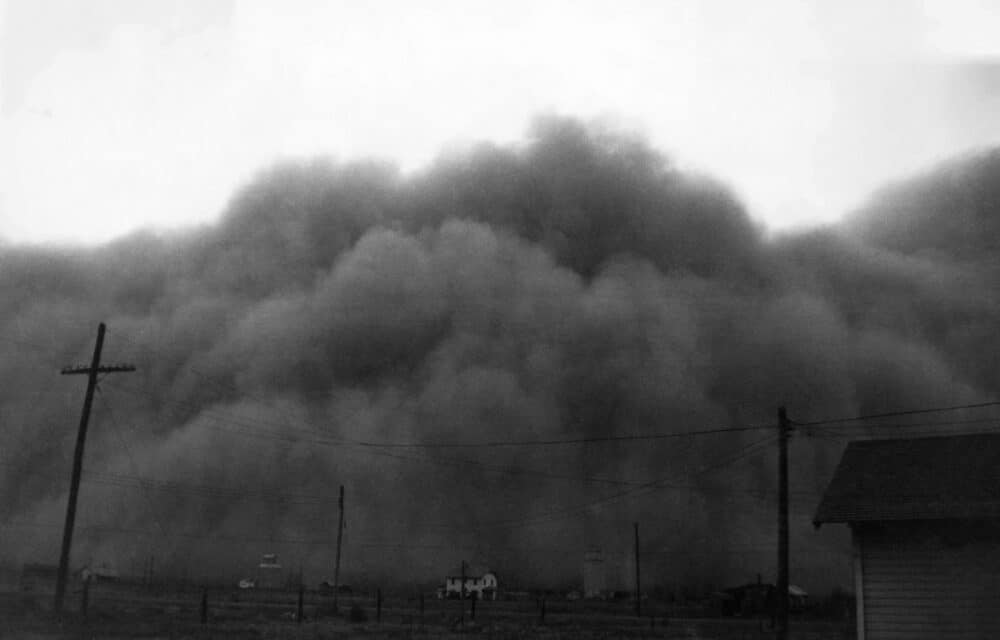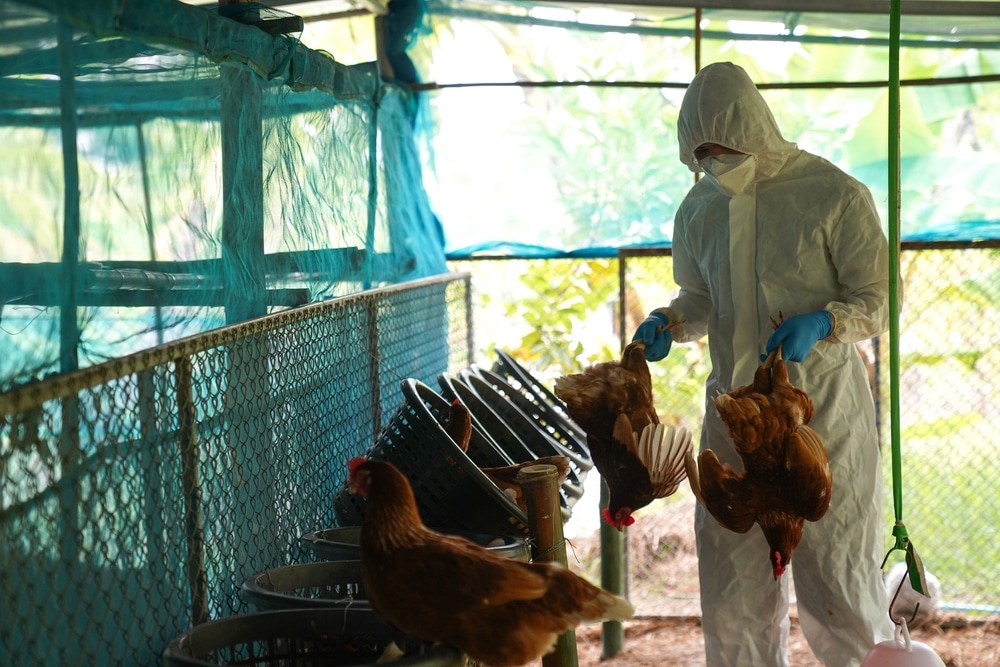(OPINION) Food prices in the U.S. have already been soaring, and now we are on track for an absolutely horrible winter wheat harvest. Of course, this comes at a time when the war on the other side of the globe is going to greatly reduce wheat exports from Russia and Ukraine.
Over the last 12 months, the price of wheat has already risen 69 percent, and now this crisis threatens to go to an entirely new level. In all my years of writing, I have never seen anything like this, and I am deeply concerned about what the months ahead will bring. Due to extreme drought, winter wheat is in very bad shape in states such as Kansas, Oklahoma, and Texas.
The following comes from one of the most prominent agricultural websites in the entire country… Some farmers in southwestern Kansas, the top U.S. wheat-producing state, have not received much measurable rain or snow since October. Winter wheat is planted in autumn, lays dormant in winter, and begins sending up green shoots in spring.
Proper soil moisture is critical at this stage for the crop to thrive. More than half of Kansas was classified as under severe drought or worse as of March 8, the driest conditions since 2018, according to the National Drought Mitigation Center. Severe drought is also covering three-quarters of Oklahoma and more than two-thirds of Texas, both of which also are large wheat producers.
If that sounds really bad, that is because it is really bad. Farmers are praying for rain because they desperately need it. That same article also discussed the fact that winter wheat was severely damaged by a wind storm “that brought ‘Dust Bowl’ conditions to Kansas”…
The coming weeks will be critical for the southern Plains wheat crop, said Lucas Haag, extension agronomist at Kansas State University. Many farmers apply fertilizer to maximize crop potential, but moisture is needed to carry nutrients to plant roots, he said. Wheat plants damaged by the December wind storm that brought “Dust Bowl” conditions to Kansas face additional drought problems because plants have been weakened either by the sand-blast effect of blowing dust and dirt or by soil nutrient loss from the 100 mph (161 kph) winds.
How many years have I been warning that “Dust Bowl conditions” would return to the middle of the country? Now it has happened. And forecasters are telling us that “abnormally dry” conditions will likely continue across much of the nation for the foreseeable future…
Abnormally dry to exceptional drought conditions are expected to persist across 60% of the continental U.S. as spring in the Northern Hemisphere begins. Forecasters expect little to no rain for certain parts of the western U.S. through June. From April to June, above-average temperatures are expected from Southwest to the East Coast and north through the Midwest, according to a new outlook published by the National Oceanic and Atmospheric Administration (NOAA).
NOAA’s map shows a greater than 50% chance of drought persistence for nearly 60% of the continental U.S. We have been witnessing very strange weather patterns all over the globe in recent months, and that is one of the reasons why major agricultural commodities prices have been spiking dramatically…
Over the past year, wheat prices are up 69 percent. Among other major food exports of Russia and Ukraine, corn prices are up 36 percent and barley 82 percent. Now the war in Ukraine has created an immense “supply shock”, and this is going to have ripple effects that are felt all across the planet. READ MORE

















